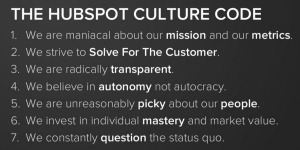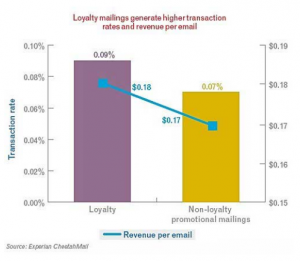
The beginning of the new calendar year frequently corresponds with the start of a new performance period. As a result, managers and leaders everywhere are preparing for those annual conversations designed to establish the goals and objectives that employees will work toward for the next twelve months.
 Today, few managers make the overt mistakes that characterized goal-setting in the past. In 2017, leaders typically know better than to simply roll their own objectives down, assigning them to the next level via one-way communication. They appreciate the value of dialogue, clarity and even negotiation in some cases.
Today, few managers make the overt mistakes that characterized goal-setting in the past. In 2017, leaders typically know better than to simply roll their own objectives down, assigning them to the next level via one-way communication. They appreciate the value of dialogue, clarity and even negotiation in some cases.
Even still, many managers fail to make the most of this pivotal employee touch-point. They fail to ensure that goals and objectives are actually achieved. And it’s all because they fail to build BUY-IN.
While ‘buy-in,’ or an emotional connection to and support for a goal, is critical to attaining it, BUY-IN also serves as an acrostic to remind leaders of five critical components of the goal setting equation. Effective managers—ones whose employees are more likely to succeed— make sure to incorporate the following into their planning, conversations, and actions.
Business context – Winding your employees up and pointing them in the right direction with specific instructions may deliver short-term results. But over the longer-haul, most organizations want to develop employees who can think independently, make judgment calls, and respond nimbly to changing conditions. This requires more than a goal; it requires an understanding of the bigger picture, of how work fits into the organizational strategy, and of why the goal matters. When employees have this information, they can navigate the complexity of the workplace and deliver on agreed-upon outcomes.
Understanding (of skills required) – In addition to understanding the ‘what’ of a goal, employees benefit from understanding the ‘how’ as well. When managers take the time to outline the competencies, skills and behaviors that ensure success, it helps employees to deliver results within organizational norms. It also clarifies learning priorities to ensure success.
Yardstick (by which to validate progress) – Goals are more likely to be attained if they are measurable. And tangible black-and-white metrics are the clearest and most unambiguous form of measurement. But too many managers and employees alike spend an inordinate amount of timing trying to wrap numbers around goals that simply don’t lend themselves to them. Sometimes forcing goals to be “SMART” is an exercise in process rather than a valuable tool for employee performance… and that’s not very smart. Another approach is simply to ensure that you and the other person can validate that the goal has been accomplished. Sometimes a binary (yes or no, did or didn’t) solution is simpler and more helpful overall.
Information (about performance) – Gamify work by agreeing on goals and then routinely and systematically providing the information employees need to monitor their own progress. Let them keep track. Let them plot a path forward. Let them own their own performance. Unless a leader will add value by sharing the data, self-monitoring is more satisfying and effective. (It also builds a level of business acumen in employees and helps to build leadership skills at all levels of the organization.)
Necessary support – Too frequently goal setting is the last discussion about objectives until the performance evaluation meeting comes around. This is clearly not a best practice. Ongoing support should permeate the entire performance period with routine conversations, feedback, encouragement, resources, roadblock removal, coaching, and recognition.
When employees experience BUY-IN, they have the context, framework, information and support required not just to focus and work on goals, but also to really rise to the challenge, to enhance their ability to contribute, and to help the organization meet important targets.
Image: www.dreamstime.com
Business & Finance Articles on Business 2 Community(80)
Report Post






